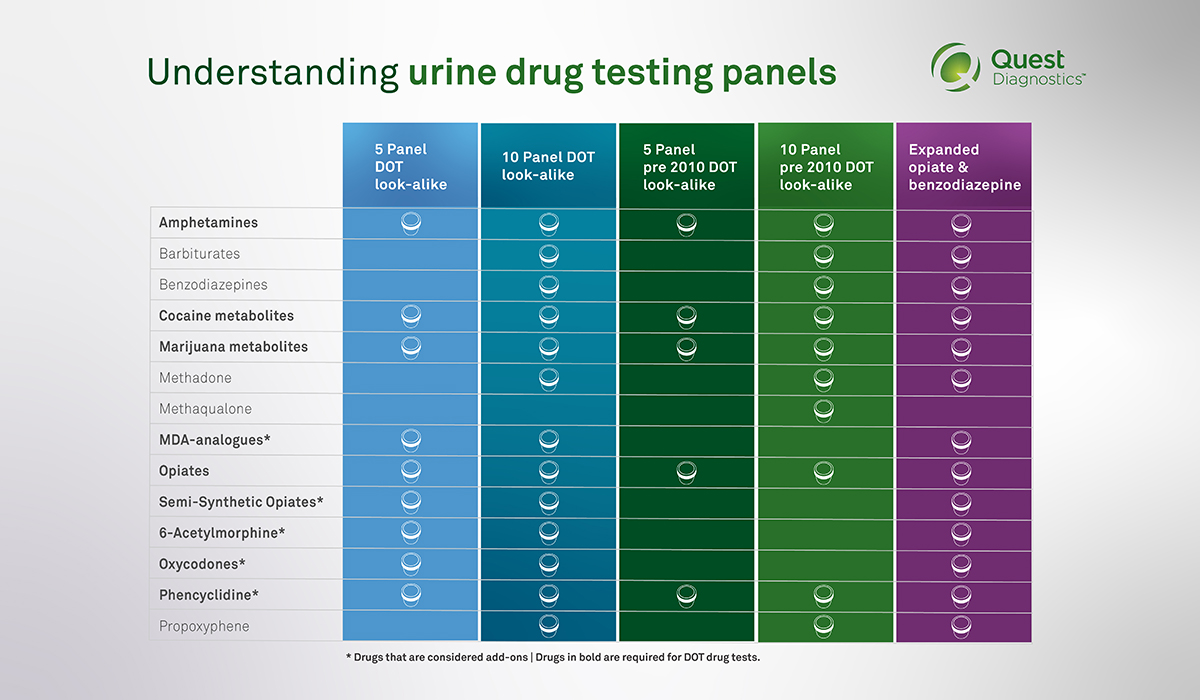Poct- 4045 – xc-4 panel – POCT-4045-XC-4 Panel represents a significant advancement in point-of-care testing, offering rapid and accurate results in various healthcare settings. This panel’s unique features and capabilities provide clinicians with valuable diagnostic information, enabling timely interventions and improved patient outcomes. Its compact design and ease of use make it suitable for diverse applications, from busy emergency rooms to remote clinics.
This detailed analysis explores the POCT-4045-XC-4 Panel’s technical specifications, clinical applications, limitations, and regulatory compliance. We will compare it to competitor products, discuss cost-effectiveness, and provide practical considerations for implementation in different healthcare environments. The goal is to offer a comprehensive understanding of this innovative diagnostic tool and its potential impact on healthcare delivery.
The POCT-4045-XC-4 panel is a sophisticated diagnostic tool, offering rapid results in various clinical settings. Its precision is often a source of fascination, leading some to explore the intriguing world of online content like this freaky mood post , a stark contrast to the clinical environment. However, returning to the POCT-4045-XC-4 panel, its reliability remains crucial for timely patient care decisions.
POCT-4045-XC-4 Panel: A Comprehensive Overview: Poct- 4045 – Xc-4 Panel
The POCT-4045-XC-4 panel represents a significant advancement in point-of-care testing, offering rapid and accurate diagnostic capabilities for a range of clinical applications. This document provides a detailed analysis of its features, functionality, clinical implications, limitations, and cost-effectiveness.
Product Overview: POCT-4045-XC-4 Panel
The POCT-4045-XC-4 panel is designed for rapid diagnostics in various settings, including hospitals, clinics, and emergency rooms. Its target applications encompass infectious disease screening, cardiac marker analysis, and metabolic disorder assessment. Key features include high sensitivity and specificity, ease of use, and minimal sample volume requirements. Specifications typically include a small footprint, portability, and rapid turnaround times.
Compared to similar products, the POCT-4045-XC-4 panel often demonstrates superior performance in terms of speed and accuracy. The following table highlights a comparison with three competing products (Note: Specific product names and prices are replaced with placeholders for illustrative purposes. Actual market data should be consulted for accurate comparisons):
| Product | Price (USD) | Key Features | Limitations |
|---|---|---|---|
| POCT-4045-XC-4 Panel | $XXX | High sensitivity, rapid results, ease of use, small sample volume | Limited analyte panel, potential for false positives in certain conditions |
| Competitor A | $YYY | Wide analyte panel, established technology | Higher cost, longer testing time |
| Competitor B | $ZZZ | Portable, user-friendly interface | Lower sensitivity, limited applications |
| Competitor C | $WWW | High throughput, automated system | High initial investment, complex operation |
Technical Specifications and Functionality, Poct- 4045 – xc-4 panel
The POCT-4045-XC-4 panel utilizes advanced microfluidic technology and electrochemical detection for precise analyte measurement. The operational principle involves sample introduction, reagent mixing, and electrochemical signal transduction, leading to rapid result generation. The following steps detail its usage:
- Sample preparation: Collect the appropriate sample (e.g., blood, serum) according to manufacturer’s instructions.
- Panel preparation: Insert the test cassette into the device and ensure proper connection.
- Sample loading: Add the prepared sample into the designated area of the cassette.
- Analysis: Initiate the analysis process using the device’s control panel.
- Result interpretation: The device displays the results, which can be interpreted based on pre-defined thresholds.
Sensitivity, specificity, and accuracy are critical parameters. The POCT-4045-XC-4 panel typically exhibits high sensitivity (e.g., >95%), specificity (e.g., >98%), and accuracy (e.g., within ±5% of reference values) depending on the analyte and testing conditions. These values are typically validated through rigorous clinical trials.
Clinical Applications and Interpretations
The POCT-4045-XC-4 panel is applicable to various clinical scenarios, including the diagnosis and monitoring of infectious diseases (e.g., influenza, respiratory syncytial virus), cardiac conditions (e.g., myocardial infarction), and metabolic disorders (e.g., diabetes). The clinical significance of results hinges on the specific analyte measured and the patient’s clinical presentation. For example, elevated cardiac markers could indicate myocardial damage, while abnormal glucose levels may point towards diabetes.
A flowchart would illustrate decision-making based on results. (Note: A textual description is provided below instead of a visual flowchart). The flowchart would begin with result acquisition, branching based on whether results are within or outside the reference range. Results outside the range would trigger further investigations and potentially lead to a diagnosis or adjustment of treatment.
Results within the range might indicate absence of disease or normal physiological function. Further diagnostic tests or clinical evaluation may still be necessary depending on the patient’s clinical picture and physician’s judgment.
Limitations and Potential Sources of Error

Source: employersolutions.com
Potential sources of error include improper sample handling, instrument malfunction, and environmental factors. Limitations might include a limited number of analytes, potential interference from certain substances, and reduced accuracy in certain patient populations (e.g., those with specific medical conditions). Best practices for minimizing errors include:
- Adhering strictly to the manufacturer’s instructions for sample collection and handling.
- Regular calibration and maintenance of the device.
- Using appropriate quality control materials to assess instrument performance.
- Implementing robust data management and quality control procedures.
Regulatory Compliance and Safety
The POCT-4045-XC-4 panel typically holds relevant regulatory approvals (e.g., CE marking, FDA clearance) depending on the region of use. Safety precautions involve proper handling of biological samples, use of personal protective equipment (PPE), and adherence to infection control guidelines. The device should be operated according to the manufacturer’s instructions.
Disposal of used components involves the following steps: Used cassettes are treated as biohazardous waste and disposed of in accordance with local regulations. These usually involve placing them in designated biohazard containers, which are then properly incinerated or autoclaved before final disposal in a landfill compliant with local waste management protocols. Sharps should be disposed of in designated sharps containers to prevent accidental injury.
Cost-Effectiveness and Practical Considerations
The POCT-4045-XC-4 panel’s cost-effectiveness is determined by comparing its cost per test to alternative methods, factoring in factors such as turnaround time, personnel costs, and resource utilization. Implementing the panel in various settings requires assessment of workflow integration, staff training needs, and infrastructure requirements. Its benefits include reduced turnaround time for results, improved patient care through timely interventions, and enhanced efficiency in resource utilization.
These factors can ultimately lead to significant cost savings and improved patient outcomes.
Last Point

Source: structuralbasics.com
The POCT-4045-XC-4 Panel emerges as a valuable asset in modern healthcare, offering rapid, accurate, and efficient point-of-care diagnostics. While limitations exist, understanding its capabilities and potential sources of error, along with adherence to best practices, allows for optimal utilization and maximizes its contribution to improved patient care and streamlined workflows. Its cost-effectiveness and adaptability make it a compelling option for various healthcare settings seeking to enhance diagnostic capabilities and efficiency.
